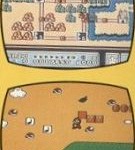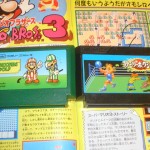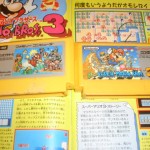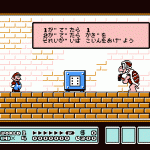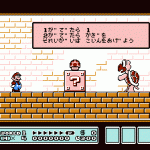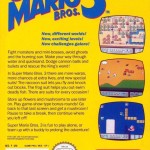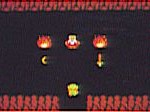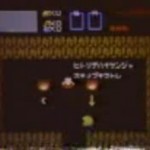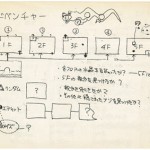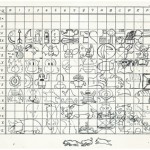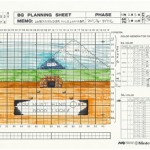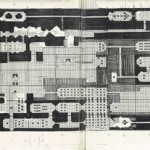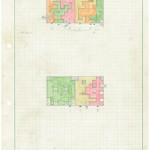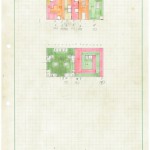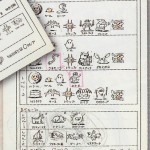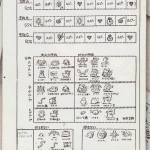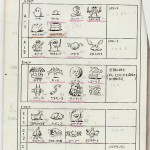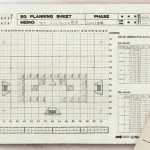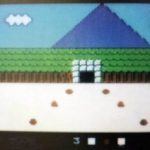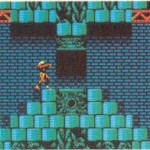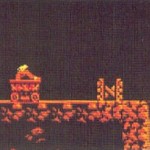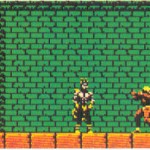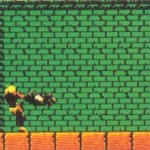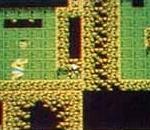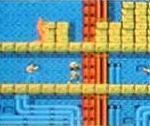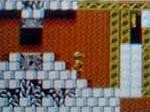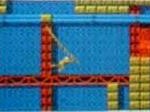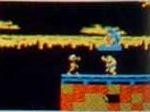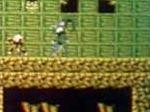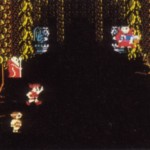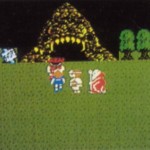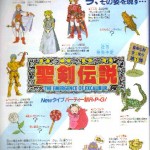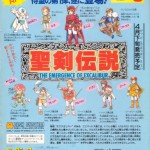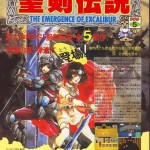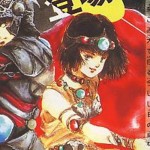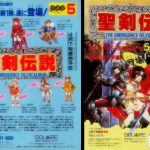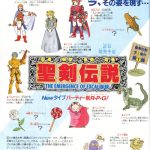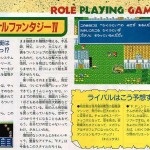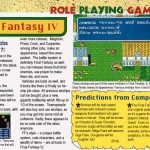![]()
There were going to be two new enemies called Gold Cheep Cheep (a golden version of a Cheep-Cheep), and Green Parabeetles (green colored Parabeetles). The Gold Cheep Cheeps would come in groups and swim faster than regular Cheep-Cheeps and the Green Parabeetle is a green Parabeetle that flies faster than normal ones. The game coding reveals an item-sized Toad icon among some of the game’s suits; this is interpreted by several as a sort of “Toad Suit”, although it makes no changes to gameplay when granted to Mario. This is likely due to it being scrapped early and never given any purpose. Designers also considered a power-up to turn Mario into a Centaur (half-man, half-horse), although this was rejected (Tilden 1990, 21).
Koopa Troopas and and Hammer Bros. were going to host the mini-games. They were replaced by Toad. However, it could also be possible that they were all around at the same time, but all got scrapped except for one due to memory size. There were also different kinds of mini-games, similar to the ones in New Super Mario Bros..
Finally, fifteen extra levels exist within the coding of Super Mario Bros. 3. Some of these are strange and unique, while others bear much resemblance to levels in the final version and were very likely redone as those. Also, the back of the box of some copies of Super Mario Bros. 3 depicts Mario traversing a hilly grassland stage with tons of Parabeetles and two Note Blocks about. This particular stage is not any of the lost ones present on the cartridge, nor is it in the final game. It could even be a press mock-up from Nintendo. Reports say it might be in the Japanese version either hidden ingame or in code, but there is no proof of it’s existance on the American Version. The “special” boxes also feature a beta map of Grass Land. [Info from Mariowiki]
In december 2008, Linkin800 found some unused sprites in the game code and posted them in the Mushroom Kingdom Forum:
I found some unused Mario overworld sprites.
It seems like Nintendo was originaly going to have it so that mario could walk in all derictions instead of just facing the screen all the time.
some beta buildings I found. (palletes could be wrong): the first one looks like some kind of wooden toy block fortress thing, the second im not sure what it is and the last one looks like a factory to me, or it could be a beta fortress, the thing underneath the 3rd building is it crushed after you beat the level.
I also found something small but intresting. (palletes are also wrong) its the mario that appears in mini games, but there are 2 bodys found in the game, one is fatter then the other, the fat body is used in the game but the skinny one isn’t, I think originaly Nintendo was going to make a diffrent sprite for luigi but never did, not sure.
Thanks to Linkin800, Keith Sass, Inferno and Luiszena for some of these images!
Images:
Videos:
This Famimaga video shows the various differences of this early version to the final that the annotations go over. For one, none of the levels are recognizable (except perhaps one particular part), and the HUD is different.

